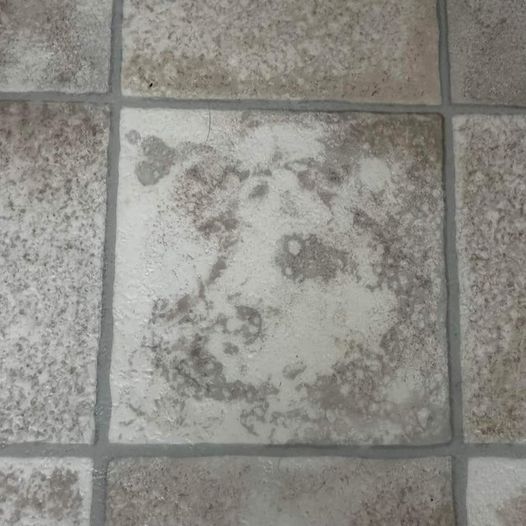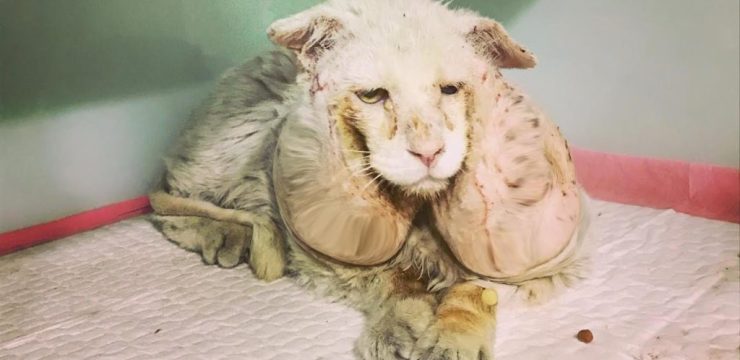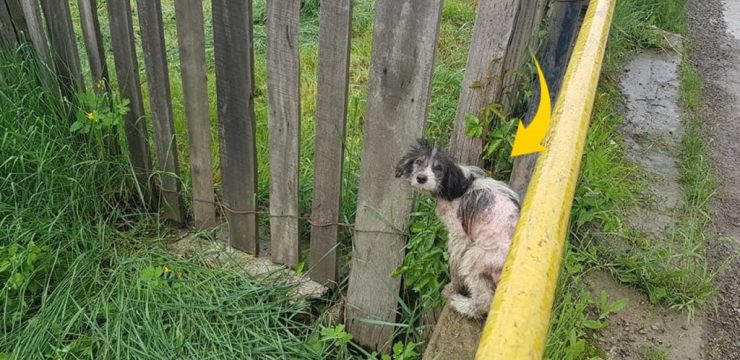Have you ever glanced at a random object—like a tile floor, a tree bark pattern, or even the clouds—and thought you saw a face staring back at you? Don’t worry, you’re not imagining things. This phenomenon is called pareidolia, and it’s a fascinating quirk of human psychology. Our brains are hardwired to recognize patterns, particularly faces, even when they aren’t really there. It’s a survival instinct that has stuck with us throughout evolution and still shapes how we interpret the world today.

What Is Pareidolia?
At its core, pareidolia is our brain’s tendency to recognize familiar shapes—especially faces—in random patterns. This cognitive shortcut evolved from our ancestors’ need to quickly identify other people, determine friend from foe, or notice subtle facial expressions that could signal danger.
Over thousands of years, our brains became incredibly efficient at spotting faces. So efficient, in fact, that they sometimes overreach, detecting faces where none exist—like in a slice of toast, a burnt pancake, or a speckled floor tile.
The Tile Face: A Perfect Example of Pareidolia
Imagine staring at an old tile floor. At first, it looks like a simple, worn-out surface. But then, something catches your eye—a pattern that seems to resemble two eyes, a nose, and maybe even a faint smile.
That’s pareidolia in action. The “eyes” might be two dark spots, the “nose” a faint smudge, and the “mouth” a subtle curve in the design. Suddenly, that ordinary tile feels alive, like it’s silently observing you.
This ability to detect faces so effortlessly is a testament to how deeply ingrained pareidolia is in our brains. It transforms ordinary objects into something charmingly familiar, adding a touch of whimsy to the everyday.
Why Are We Wired to See Faces Everywhere?
The reason we see faces in random objects comes down to evolutionary survival mechanisms. Early humans depended heavily on facial recognition for survival. Whether it was identifying a friend from a distance, reading an enemy’s expression, or spotting a predator hiding in the shadows, face detection was crucial.
Our brains became so finely tuned to facial patterns that they now prioritize recognizing faces over nearly anything else. That’s why you might spot a face in your breakfast toast or a tree trunk before noticing other details in the same scene.
Interestingly, this face-detecting ability isn’t just about safety—it’s also about forming social bonds. Smiling faces, frowning expressions, and eye contact are critical for communication and emotional connection. So, in many ways, pareidolia is an extension of our need for human connection.
The Artistic Side of Pareidolia
While pareidolia has scientific roots, it also has a beautifully artistic side. For centuries, artists have drawn inspiration from the natural patterns and shapes that mimic faces or figures. Think of surrealist art, where familiar objects are transformed into dreamlike faces, or photography that captures accidental faces in urban landscapes.
Even everyday observations—like seeing a “face” in a cloud formation or spotting a friendly pattern in tree bark—can feel like discovering hidden art in plain sight. Pareidolia invites us to slow down, observe, and find beauty in the most unexpected places.
Finding Magic in the Mundane
The next time you notice a face staring back at you from a floor tile, a tree stump, or a foggy window, take a moment to appreciate it. These little moments aren’t just random quirks—they’re glimpses into how our incredible brains are wired to interpret the world.
Pareidolia serves as a gentle reminder that magic often hides in plain sight. The ordinary can become extraordinary with just a slight shift in perspective. So, embrace your brain’s ability to see faces in the everyday—it’s not just a trick of the eye, but a testament to the incredible way we perceive the world around us.





